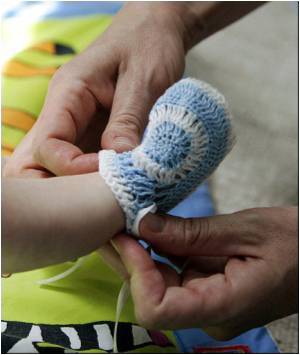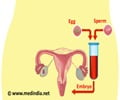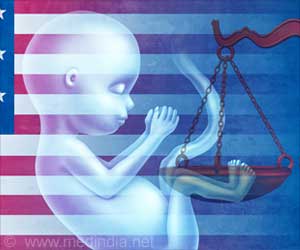A new study showed PCBs at concentrations found in the general U.S. population are associated with the failure of fertilized embryos to implant in the uterus after in vitro fertilization IVF.

By conducting the current study with women undergoing IVF, the researchers could examine events during early pregnancy that are difficult or impossible to assess in the general population. "Not only do couples undergoing assisted reproduction represent a growing proportion of the population, but they also provide a unique opportunity to study factors related to very early [pregnancy] losses that usually go undetected and contribute to fertility issues," Dr. Meeker says.
The women were recruited between August 1994 and June 2003. Blood was collected before each woman''s IVF attempt, and concentrations of 57 individual PCBs were measured in the women''s serum (a component of the blood). Among 765 women and 827 IVF cycles, there were 286 live births and 530 pregnancy losses-229 implantation failures, 177 very early miscarriages (or "chemical pregnancies"), and 124 later miscarriages.
In their analysis, the researchers examined the associations between IVF outcomes and concentrations of individual PCBs known as congeners 118, 138, and 153, as well as the sum of all congeners. PCBs were also grouped according to their structure and biological activity.
After controlling for confounders, the researchers found that implantation failure was twice as likely in women with the highest exposures to PCB-153 and total PCBs than in women with the lowest exposures. The odds of a live birth were reduced more than 40% in these women. The strengths of this study are its prospective design, detailed clinical data, the relatively large number of observations, and the fact that the researchers were able to directly measure women''s PCB levels, which reflected exposures consistent with those in the general population. Limitations include the possibility that women undergoing IVF have a different response to PCBs than women in the general population and the lack of exposure data on the women''s partners.
Co-author Dr. Russ Hauser notes, "Early pregnancy end points were shown in experimental animals to be more sensitive than later end points. Therefore, IVF as a model to study the impact of environmental chemicals on early pregnancy is the only way we can observe these end points in women."
Advertisement
The article "Serum Concentrations of Polychlorinated Biphenyls (PCBs) in Relation to in Vitro Fertilization (IVF) Outcomes" will be available February 24 free of charge at http://ehponline.org/article/info:doi/10.1289/ehp.1002922.
Advertisement
Source-Newswise












